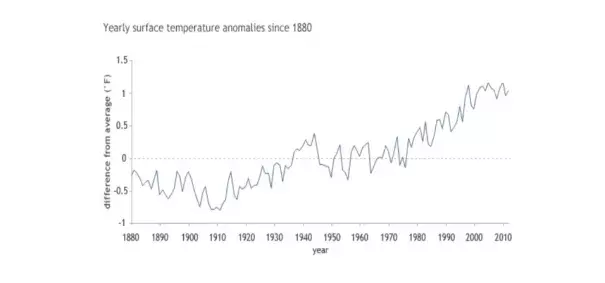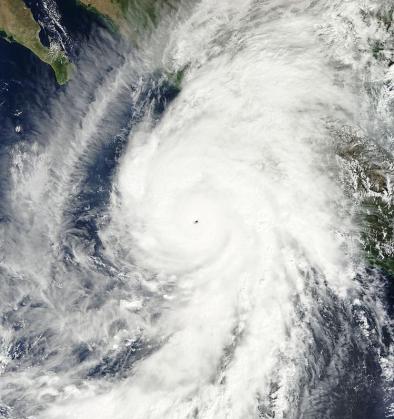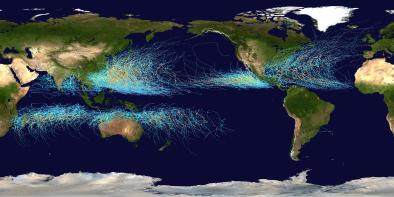Why did Earth’s surface temperature stop rising in the past decade?

The most likely explanation for the lack of significant warming at the Earth’s surface in the past decade or so is that natural climate cycles—a series of La Niña events and a negative phase of the lesser-known Pacific Decadal Oscillation—caused shifts in ocean circulation patterns that moved some excess heat into the deep ocean. Even so, recent years have been some of the warmest on record, and scientists expect temperatures will swing back up soon...
One of the most well-known natural climate oscillations—the El Niño-Southern Oscillation (ENSO) cycle—causes swings in sea surface temperatures in the tropical Pacific. Although ENSO originates in the equatorial Pacific Ocean, a strong El Niño or La Niña event is capable of bumping global temperatures upward or downward for a year or two. Since the last major El Niño event in 1997-1998, a series of La Niña events have dominated the tropical Pacific, resulting in a prolonged cooling of sea surface temperatures that has also likely stalled the rise in global temperatures
Related Content




